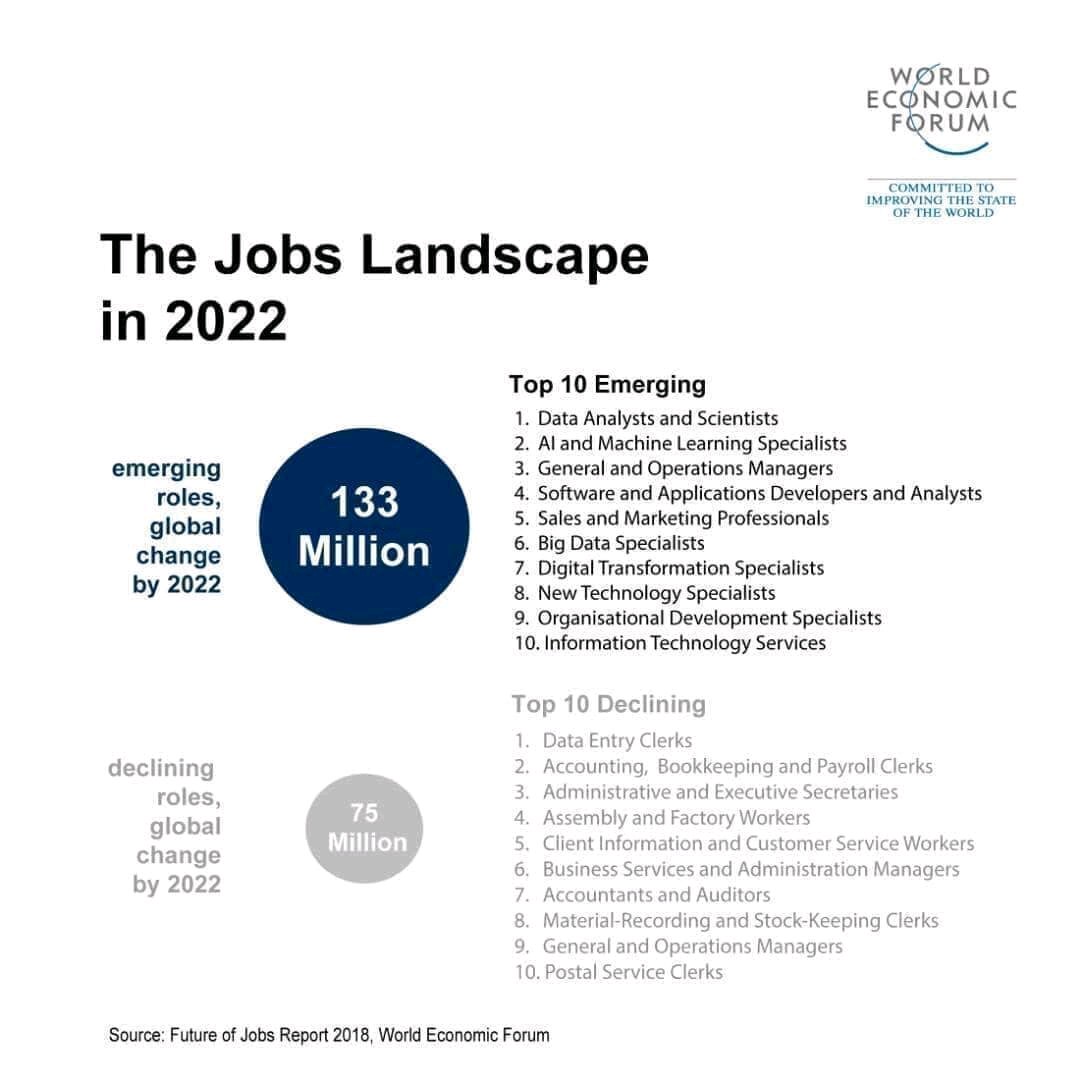We count on our intelligence to survive. Your IQ level or Emotional Intelligence (EQ) can help you with strategy and sharpen your life-skills. This goes some way in preventing the same fate as Dodo! On a more serious level, intelligence means gaining the upper hand in mostly military warfare; going into war to win against the enemy. Employing tactics as deployed by institutions such as the CIA, KGB, MI5 and Interpol etc. The strategy is to anticipate the next action or event (proactive) being fully prepared to appropriately counter/react to gain the upper hand.
Likewise, in the business environment, it is a crucial requirement to be strategic (SWOT Analysis: Strengths, Weaknesses, Opportunities and Threats) for the business’ success/survival.
It is no surprise, in today’s technological advancements, that there are tools available to draw up business plans, predict(forecast) both internal and external events affecting its operations – conveniently referred to as Business Intelligence (BI). The function of a business intelligence tool is to mainly assist with forecasting. After all, if you aren’t selling anything like a ‘for-profit’ business – you are out of business!
Using a good business intelligence tool can help accelerate and improve decision-making, optimizing internal business processes, increasing operational productivity and efficiency.
This, in turn, helps generate more revenue with the same resources and can provide a significant competitive advantage over your competitors. BI tools can also help companies identify market trends and spot business problems that need serious attention.
Business intelligence is a technology-driven process for analyzing data and presenting actionable information to help executives, managers and other corporate end users make informed business decisions.
There are a few BI tools out there, but the most usable and compatible ones are what you should be looking for. Compatibility is critical because to use these tools you need to analyse raw data!
Most people use MS Excel to store large (or small) transactions and datasets for sales, stock and other accounting-related reports. This data will need to be imported or accessed directly by the tool to generate real-time graphs, forecasts and reports. A good BI tool should make accessing and processing such raw data a breeze.
As a business intelligence tool user, the one that makes the most sense to use is a Microsoft-based tool called Power BI. This is the one we recommend because it also comes free with a subscription to Office 365 Proplus package (for the latest Office apps incl. Excel) for as little as 12 USD per month.
That means you can dive in straight from MS Excel without having to add-on or pay for another subscription to a third-party software. Naturally, the free version would be essential and there are two other levels which are paid for products designed for professionals ($10 per month) and developers (priced per node).
Some other perks include the following:
- It is cloud-based which means you can use it on mobile apps – practical for users who are always on the move.
- Great visual dashboards to make complex data look comfortable on the eye and allow one to make quick and sensible decisions.
- Connect it easily to other database-driven applications such as Insightly, ClickDimensions, GoogleAnalytics, Dynamics 365 and let#s not mention the advent and use of Artificial Intelligence (AI).
- Sharing and publishing data easily: It is convenient to have an arsenal of data and professionally created graphs and reports. However, without the ability to inform others about the outcomes, it would be futile. Fortunately, the real-time sharing functionality allows for all stakeholders to ‘get the 411’ on trends and forecasts and anything that can impact business operations.
 For a Power BI consumer, the five “building blocks” are: visualizations, dashboards, reports, apps, and datasets – sometimes referred to as Power BI content. The content exists in workspaces. You can have several workspaces for different facets of the business to keep it all organized – just like in a factory or real office setting.
For a Power BI consumer, the five “building blocks” are: visualizations, dashboards, reports, apps, and datasets – sometimes referred to as Power BI content. The content exists in workspaces. You can have several workspaces for different facets of the business to keep it all organized – just like in a factory or real office setting.
A typical Power BI workflow involves all these building blocks and will give the user the ability to visualise the inner workings of a business mostly from a financial viewpoint. So this would be a tool typically used by those in the financial sector – but also by account managers in businesses.
From a personal trading and investment analysis perspective, a BI tool could be the difference between reaping massive or incremental profits based on the real-time trends; following past movements of a stock or Cryptocurrency or making losses because you did not anticipate a dip or market crash. Most of the trading platforms have their own mathematically derived intelligence tools called indicators – but that’s another whole new ball game altogether. A dedicated BI tool, however, will serve you well in your immediate line of work and operations.



















